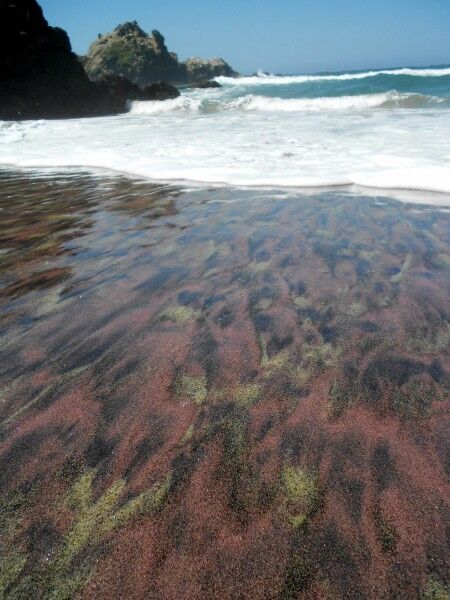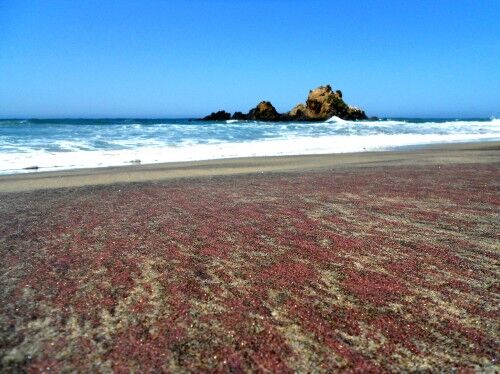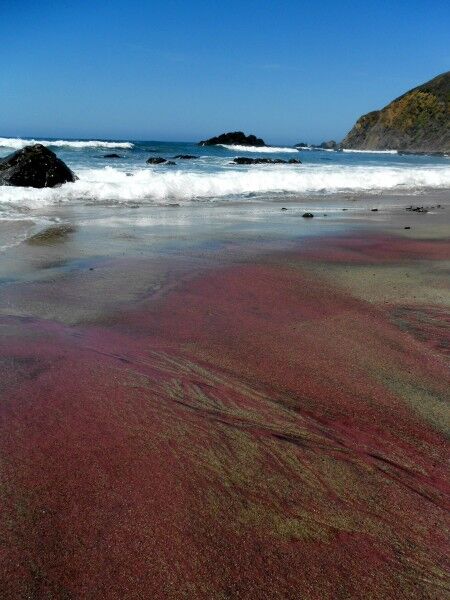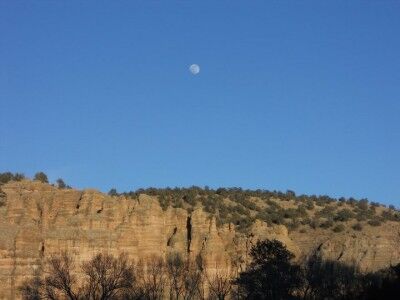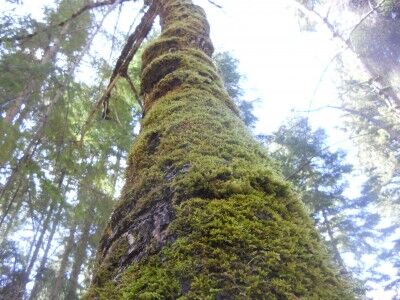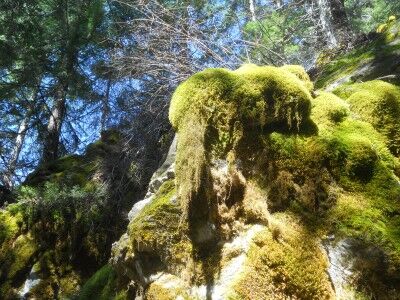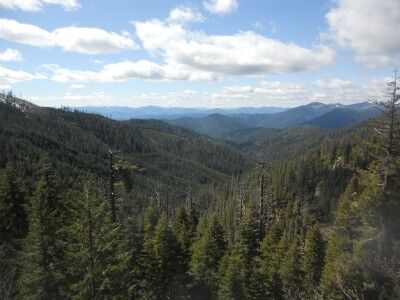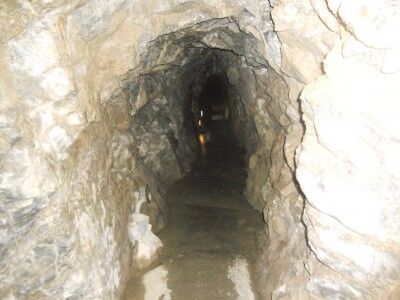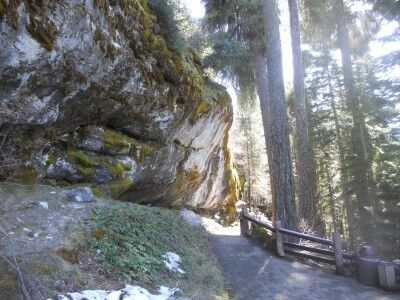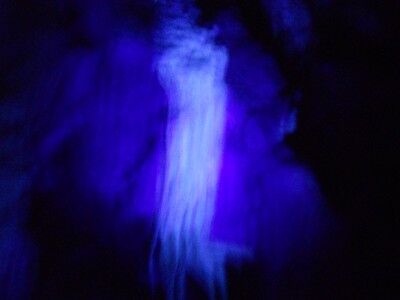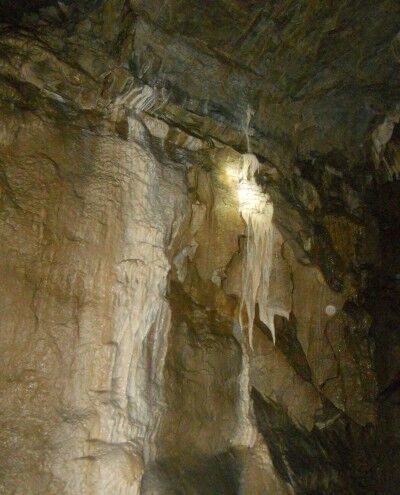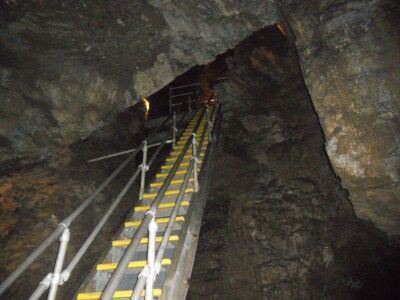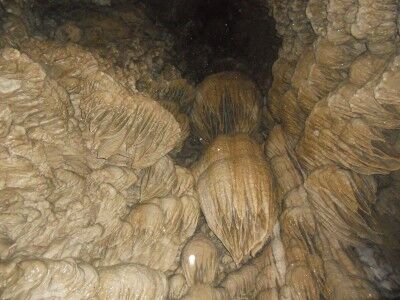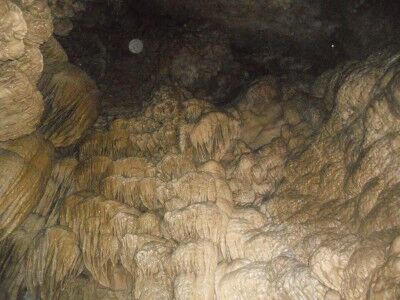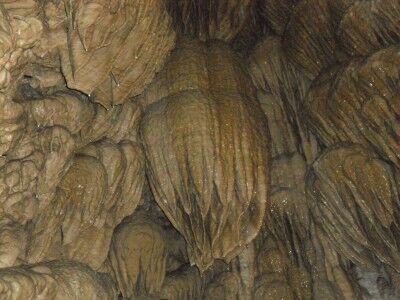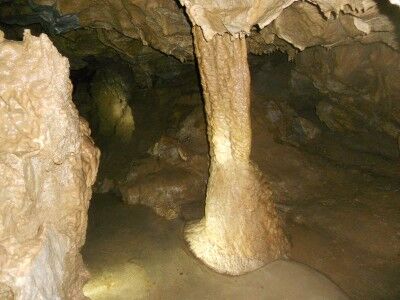If you’re heading either way between Phoenix and Flagstaff Arizona on Highway 17, it’s well worth your time to stop to visit Montezuma Castle National Monument. It’s only a 15 minute drive from the main highway, and it’s one of the smaller national parks which I have visited meaning that it’s possible to see the entire park in about an hour. Even thought it’s not the biggest park in the system, it’s a pretty impressive sight that’s well worth the little time it takes to visit.
The main building is the incorrectly named “Montezuma Castle” which is neither a castle or have any relationship to Montezuma (early settlers incorrectly assumed that the dwelling was Aztec, gave it the name which stuck even after it was established that southern Sinagua farmers began building it over 700 years ago). It’s a five-story, 20 room building which sits about 100 feet above the valley floor and it’s quite impressive when you round the corner to see it for the first time:
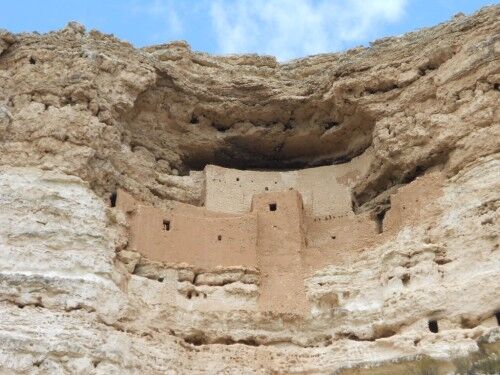
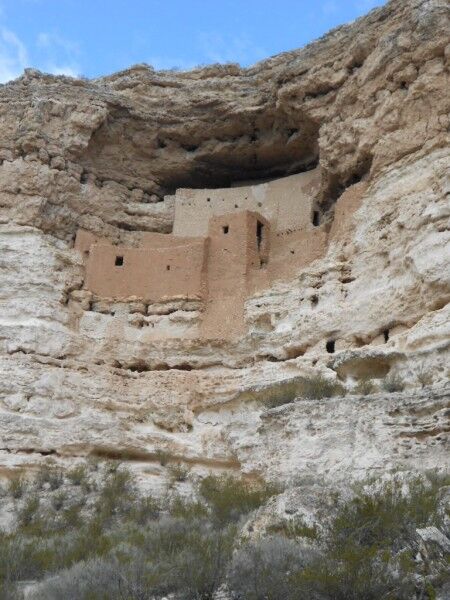
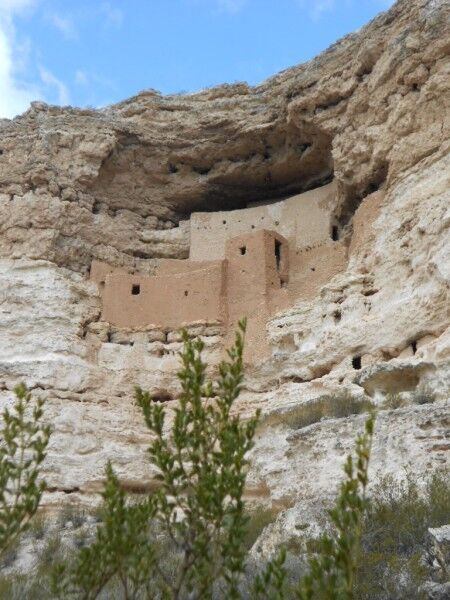
The information sign below the dwelling gives the following information:
Montezuma Castle invites us to pause in wonder at the ingenuity of the people who began building it over 700 years ago.
Ancestors to today’s Puebloan peoples built and occupied the Castle. We can only speculate why they chose to build here and how they lived in this magnificent cliff dwelling.
Both “Montezuma” and “Castle” are misnomers. In the 1800s, European Americans were fascinated with Inca, Maya and Aztec civilizations and gave southwestern sites exotic names, in this case for Emperor Motecuhzoma II — who lived long after the Castle was constructed.
The Yavapai call this place “the home of the protectors of the Yavapai.” The Hopi refer to it as both Sakaytaka, “place where the step ladders are going up,” and Wupat’pela, for “long, high walls.”
Due to looting, by the early 1900s much of what the Castle’s residents left behind was gone. Damage to the building increased as visitors climbed ladders to walk through the rooms. Now the dwelling is only accessed for inspection, maintenance, and research.
While I would certainly leave yourself a minimum of a full hour to enjoy this park, don’t skip it if you’re in the area and short on time. While I think it’s better to take the time to read a bit about the history and see the displays at the visitor’s center, if all you have is an extra 10 minutes to see the Castle, definitely do it.

